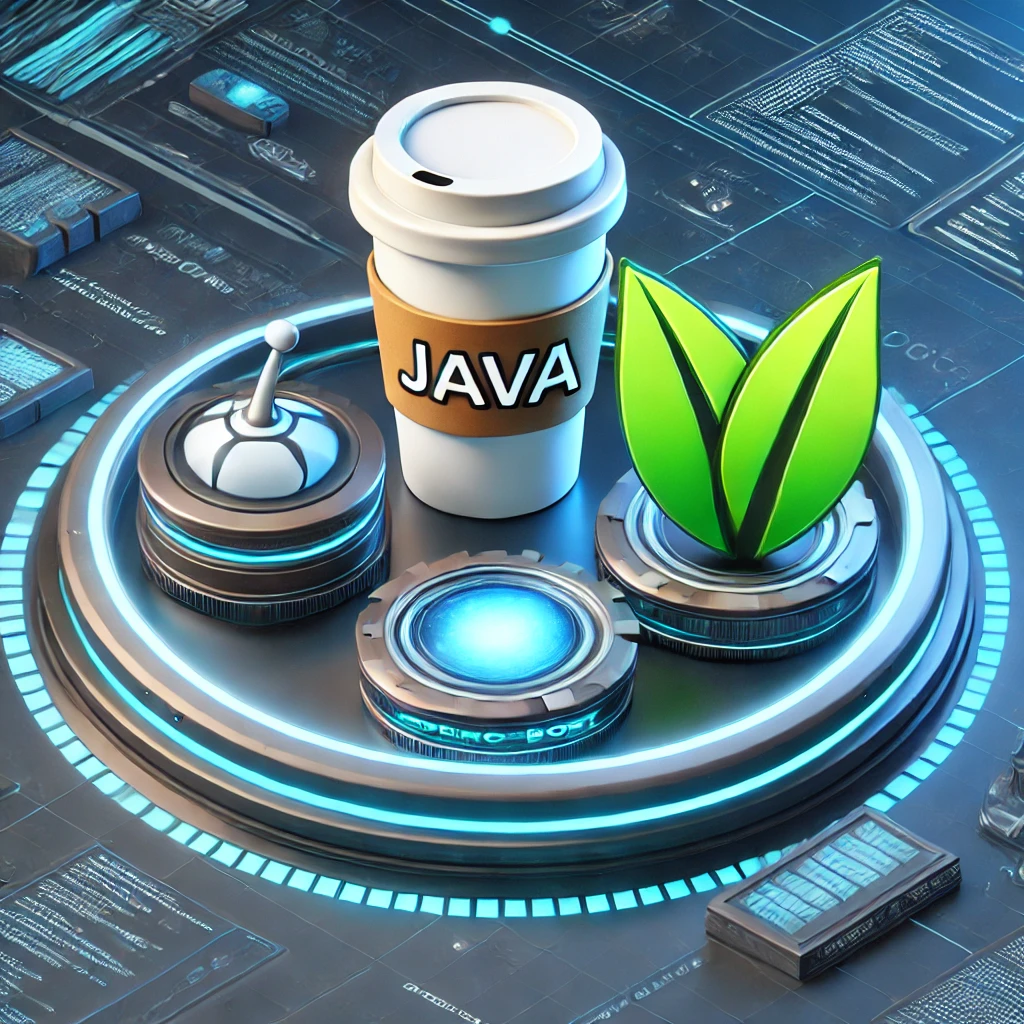Java and Spring Boot in 2024
Introduction
In 2024, the tech world is dominated by emerging technologies, yet Java and Spring Boot remain cornerstones of modern software development. Despite newer frameworks and languages, these technologies offer unmatched reliability, scalability, and community support. Here’s why they continue to play a pivotal role in the software development ecosystem.
The Staying Power of Java
- Mature Ecosystem
Java, with over 25 years of history, offers a mature ecosystem that includes extensive libraries, frameworks, and tools. Its longevity ensures stability and a vast repository of solutions for common development challenges. - Platform Independence
The “write once, run anywhere” philosophy makes Java ideal for cross-platform applications, ensuring compatibility across different operating systems and devices. - Enterprise Adoption
Java powers critical applications in industries like finance, healthcare, and e-commerce. Enterprises trust Java for its robustness and security, maintaining demand for Java developers. - Future-Proof Updates
Regular updates from Oracle ensure Java remains secure and performance-optimized. Features introduced in Java 17 and beyond have modernized the language while maintaining backward compatibility.
Why Spring Boot Remains a Go-To Framework
- Rapid Development
Spring Boot simplifies the development of microservices and enterprise applications by offering built-in tools, preconfigured templates, and dependency management. - Microservices Architecture
In a world leaning towards cloud-native solutions, Spring Boot’s seamless integration with microservices architecture and Spring Cloud makes it indispensable for scalable and distributed systems. - Strong Community and Support
Spring Boot’s active community provides extensive documentation, tutorials, and plugins, making it beginner-friendly and continuously improving. - Integration with Modern Tools
Spring Boot integrates with modern tools like Kubernetes and Docker, aligning with DevOps practices and ensuring relevance in CI/CD pipelines.
Use Cases That Highlight Their Relevance
- Enterprise Applications: Java and Spring Boot power large-scale, high-traffic systems like banking platforms and e-commerce websites.
- Cloud-Native Applications: With frameworks like Spring Boot, developers can create cloud-native apps ready for Kubernetes deployment.
- APIs and Microservices: Spring Boot’s lightweight and modular approach makes it ideal for API-first strategies and microservice architectures.
Why They Will Remain Relevant in 2024
- Developer Demand: Companies continue to seek Java and Spring Boot expertise due to their stability and reliability in critical systems.
- Adoption by Emerging Tech: Both Java and Spring Boot are evolving to support modern trends like AI and blockchain, ensuring their place in future tech stacks.
- Educational Foundation: Java remains a top choice in programming education, ensuring a steady stream of skilled developers.
Conclusion
Java and Spring Boot have stood the test of time by evolving alongside modern technologies. They offer stability, performance, and scalability, making them indispensable in 2024. For developers and businesses, investing in these technologies is a step towards building robust and future-proof applications.
To learn more about Java and Spring Boot, enroll in LinneoTech’s Java and Spring Boot course today!


